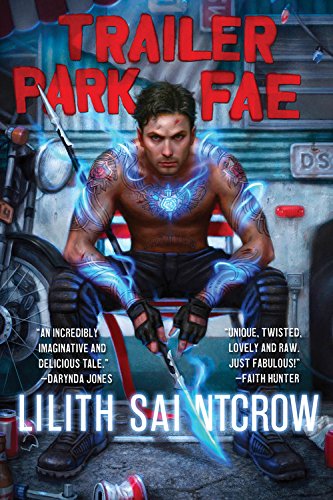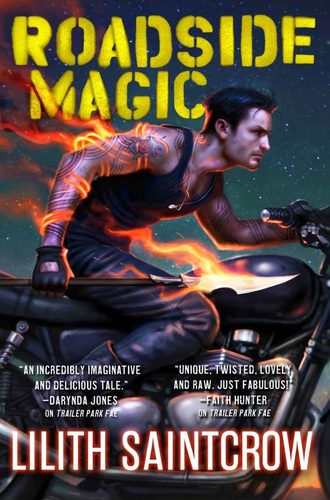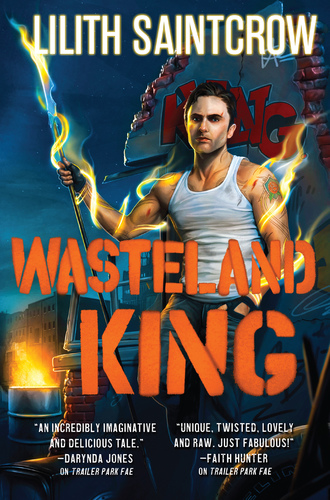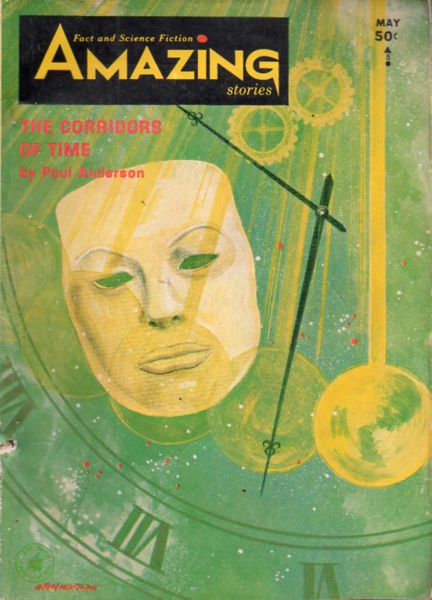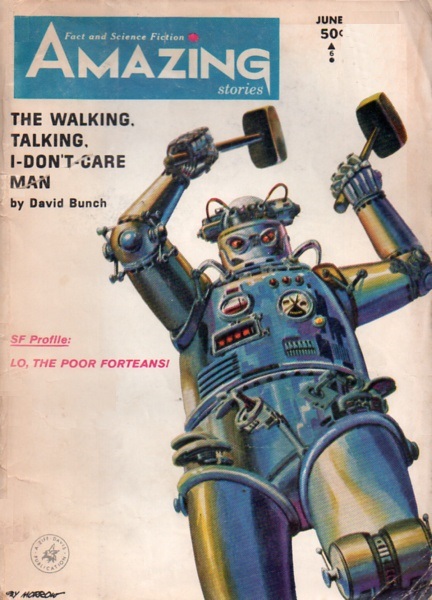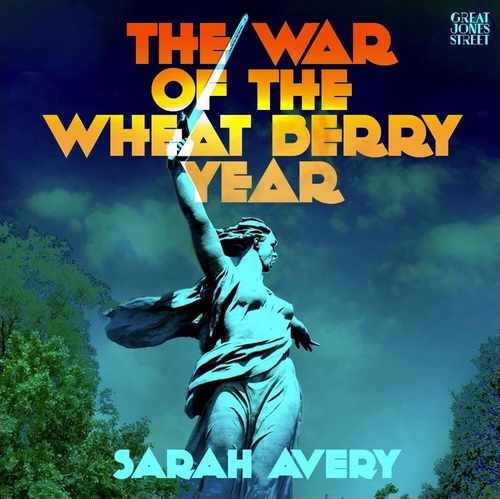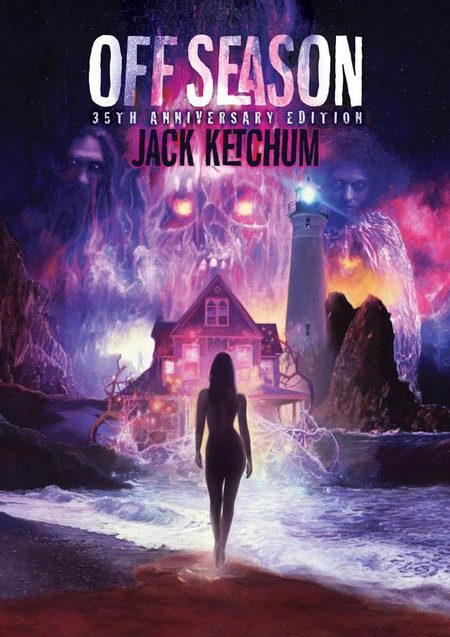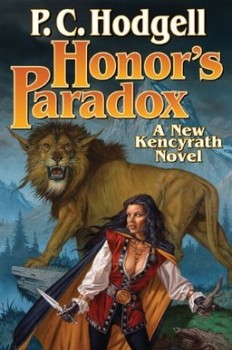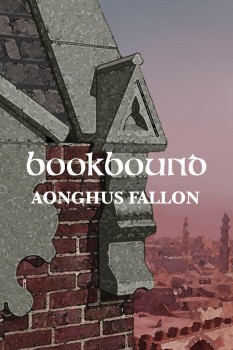Goth Chick News: Thirty-Five Years Later, We’re Heading Back to The Slaughtered Lamb
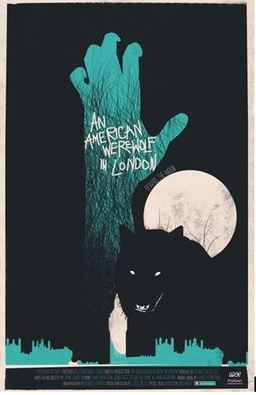 It’s the 1981 Academy Awards ceremony and creature-effect magician Richard (“Rick”) Baker is stepping on stage to receive not only the first of what would be his total of seven awards to date (out of 11 nominations), but the first ever handed out for Best Makeup. The award was newly minted that year in response to the lack of an award in 1980 with which to celebrate the incredible makeup effects of The Elephant Man.
It’s the 1981 Academy Awards ceremony and creature-effect magician Richard (“Rick”) Baker is stepping on stage to receive not only the first of what would be his total of seven awards to date (out of 11 nominations), but the first ever handed out for Best Makeup. The award was newly minted that year in response to the lack of an award in 1980 with which to celebrate the incredible makeup effects of The Elephant Man.
Though Baker was already known in Hollywood for his work in The Exorcist, King Kong and The Fury, and would go on to win Academy Awards for Ed Wood and Men in Black among others, his first award for his achievements in An American Werewolf in London would forever be ground-breaking on multiple levels.
Among the vast catalog of werewolf films there are, of course, many standouts – not the least of which is Universal’s 1941 classic The Wolf Man, which introduced the werewolf concept to the then new medium of film. But we’d also need to count Joe Dante’s The Howling and the teenage coming-of-age horror flick Ginger Snaps. In fact, ilovewerewolves.com tallies over 150 werewolf movies made to date; but An American Werewolf in London tops their list.
Starring David Naughton as a young American traveler who is cursed to become a murderous beast when the moon is full after an unfortunate encounter on the British moors, and Griffin Dunne as his dead friend Jack, An American Werewolf in London is generally regarded as not only one of the greatest werewolf movies ever, showcasing what was then the most ingenious special effects, but one of the greatest horror films of all-time.
David and Jack, two American college students, are backpacking through Britain when a large wolf attacks them. David survives with a bite, but Jack is brutally killed.
As David heals in the hospital, he’s plagued by violent nightmares of his mutilated friend, who warns David that he is becoming a werewolf. When David discovers the horrible truth, he contemplates committing suicide before the next full moon causes him to transform from man to murderous beast.
Basically what I’m saying here is that if you haven’t seen it, go do so immediately.
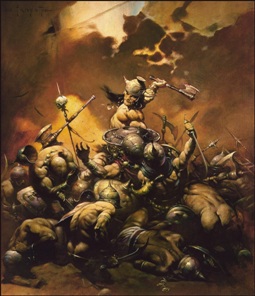
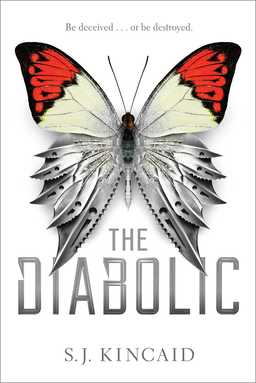
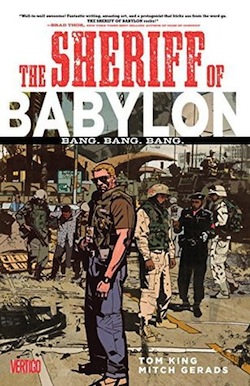 I didn’t read many comics growing up. My pocket money was very limited and if I had a spare dollar, I was far more likely to spend it on a used fantasy or science fiction paperback than a comic book. It wasn’t that I didn’t like comics, it was simply a matter of practicality. A paperback would give me a couple of days of entertainment while a comic would only last an hour.
I didn’t read many comics growing up. My pocket money was very limited and if I had a spare dollar, I was far more likely to spend it on a used fantasy or science fiction paperback than a comic book. It wasn’t that I didn’t like comics, it was simply a matter of practicality. A paperback would give me a couple of days of entertainment while a comic would only last an hour.